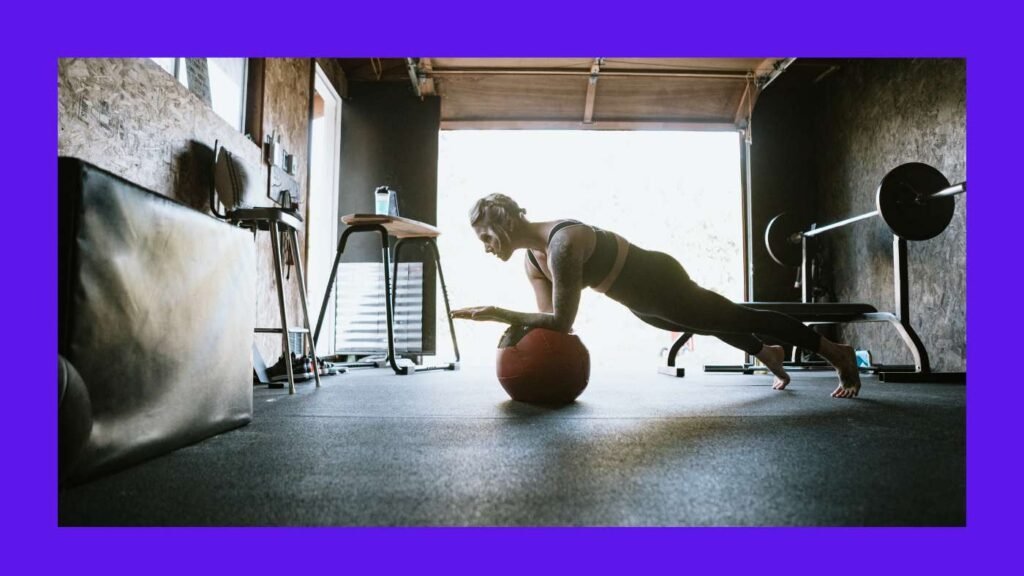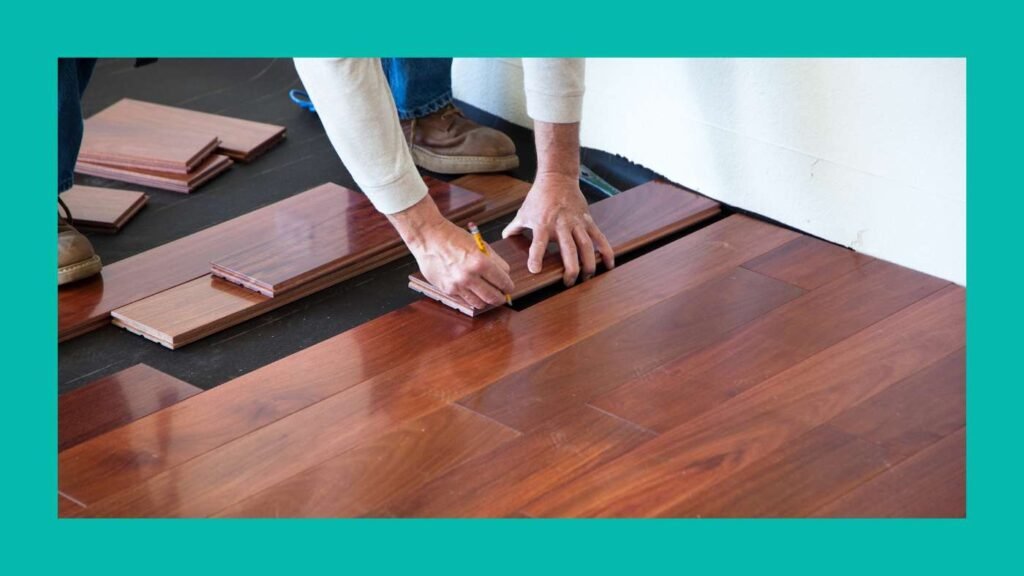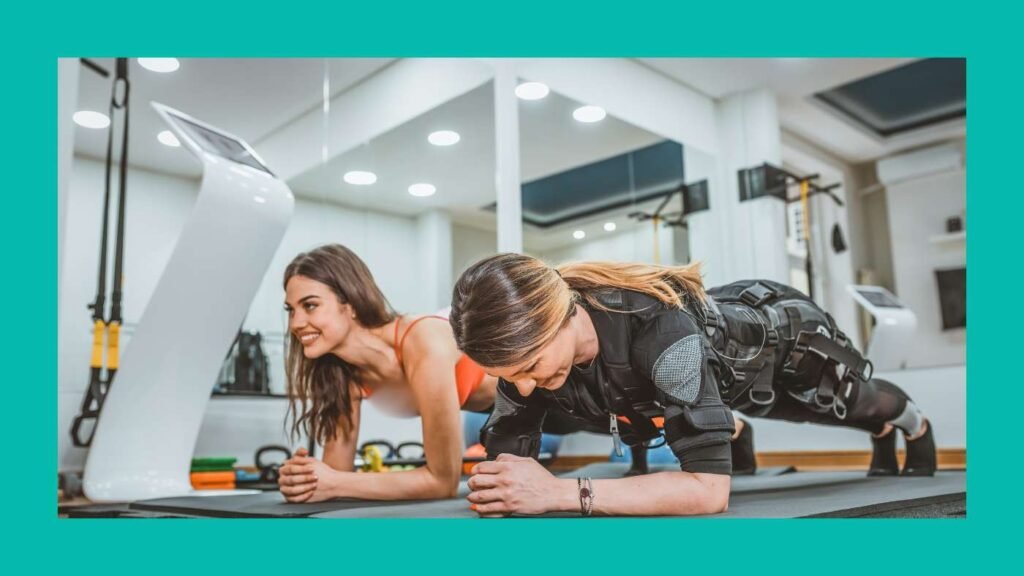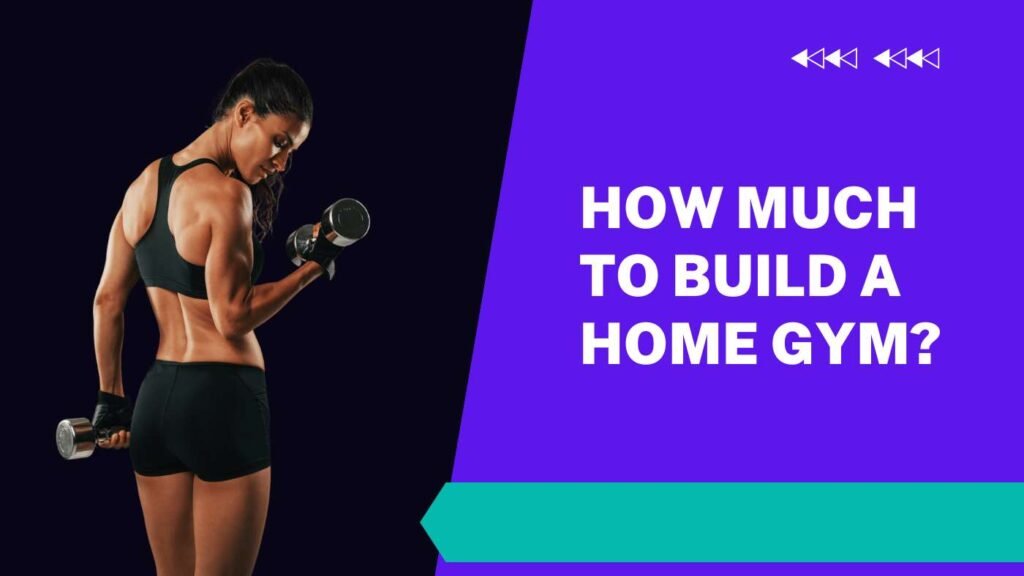Building a basic home gym can cost between $300 and $2,000, whereas a more elaborate setup can exceed $10,000. Priority equipment choice and quality significantly influence the total expense.
Deciding to create a fitness space in the comfort of your own home can be a game-changer for personal health and convenience. Determining the cost of a home gym is a crucial first step and varies widely based on individual goals and the selected equipment.
A simple setup with essential gear like weights, a bench, and a cardio machine may only set you back a few hundred dollars. But for those seeking a comprehensive gym experience with high-end machines, flooring, and accessories, expenses can mount quickly.
Wondering ‘How Much to Build a Home Gym?’ Our guide aims to provide clarity on budgeting for your personalized workout sanctuary. By carefully considering needs versus wants, it’s possible to build a functional home gym that supports your fitness journey without breaking the bank.
Setting Your Fitness Goals

Before diving into the creation of your home gym, you must center your focus. Identifying your fitness goals will dictate how much you invest. Whether you’re aiming for weight loss, muscle building, or enhancing your endurance, your fitness aspirations will shape the design of your personal workout space.
Assessing Personal Needs
Your journey starts with a personal audit. What are your current fitness levels? What is your exercise routine? Reflect on these questions to understand your unique requirements.
- Current fitness level
- Preferred types of exercise
- The time you can dedicate to training
- Space available at home
Aligning Goals With Equipment
Once you know your needs, match them with the right tools. Different goals will require different equipment. Below is a quick guide:
| Goal | Essential Equipment |
|---|---|
| Weight Loss | Treadmill, Jump Rope |
| Muscle Gain | Weights, Resistance Bands |
| Endurance | Stationary Bike, Rowing Machine |
Selecting the right equipment will ensure you get the most out of your home gym.
Space Considerations
Building your dream home gym starts with understanding the space you have. It’s not just about squeezing in equipment; it’s about creating a functional and motivating workout area. A well-planned gym layout allows for a seamless exercise routine. Let’s dive into measuring and optimizing your available space.
Measuring Your Available Space
Kicking off your home gym journey means first assessing your space. Grab a tape measure and note down the dimensions of your room.
- Length, width, and height are crucial metrics.
- Remember to consider doorways, windows, and ceiling height.
- Fixed elements like columns or built-ins need measurements too.
Enter these figures into a gym planning tool or a simple sketch to start visualizing your gym layout.
Optimizing Space For Efficiency

To maximize your gym area, focus on multi-functional equipment and storage solutions.
| Equipment Type | Space Required |
|---|---|
| Free Weights | 20-50 sq ft |
| Treadmill | 30 sq ft |
| Stationary Bike | 10 sq ft |
Utilize wall mounts and corner shelves for storage. Combine exercises on one machine when possible. Placemats and benches in versatile areas.
Vertical space usage can be a game-changer. Install shelves above head height for lesser-used items. Use collapsible features on equipment to tuck them away post-workout.
Finally, leave enough clearance space around equipment for safe movement. Think about your workout flow and organize equipment to support it.
Budgeting Basics
Starting a home gym means planning your finances smartly. Set the right budget to get fit without stretching your wallet thin. Knowing your limits helps avoid overspending. It’s about quality, not quantity.
Calculating Your Initial Budget
First, figure out how much you can spend. Check your savings and monthly earnings.
Remember, it’s a start-up cost that pays back with health. Break it down like this:
- Essentials: Items you need from day one.
- Quality gear: Equipment that lasts longer.
- Space prep: Flooring and storage solutions.
Use this simple formula:Initial Budget = Essentials + Quality Gear + Space Prep
Now, with a number in mind, start exploring options.
Planning For Long-term Investments
Think ahead. A home gym is a growing space.
Plan for the gear you’ll want down the line. Here’s how:
- Make a wish list of future gym items.
- Research their costs over time.
- Set aside small amounts monthly.
Invest in equipment that scales with your fitness journey. Durable items cost more now but save money later.
Remember, a home gym adapts to your pace. Build it step by step,
focusing on your workout needs.
Plan smart, spend wisely, and your home gym will be worth every penny.
Essential Equipment
Building a home gym is exciting. You need the right gear to get started. This section highlights the essential equipment you’ll need for a complete workout setup at home. Think of your home gym as an investment in your health. Prioritize quality and versatility in equipment.
Let’s explore the costs and options for creating your personalized fitness retreat.
Costs Of Cardio Machines
Cardio machines are at the heart of any gym. They boost heart health and burn calories.
- Treadmills: A basic model starts at $500, while advanced ones can exceed $2,500.
- Exercise Bikes: Budget-friendly options begin around $200 with high-end bikes up to $2,000.
- Ellipticals: Find a solid elliptical for $300; premium models climb to $2,000+
- Rowing Machines: Entry-level rowers cost about $200, with luxury models hitting $1,000.
Weights And Strength Training Gear
Strength training molds your muscles and increases endurance. Durable weights are a must.
| Equipment | Price Range |
|---|---|
| Dumbbells | $10 – $300 (set) |
| Barbells | $50 – $300 |
| Weight Benches | $50 – $500 |
| Power Racks | $300 – $1,000 |
| Weight Plates | $1 – $4 per lb |
Functional Training Tools
These tools enhance your agility and flexibility. They also improve your overall fitness.
- Kettlebells: Cost between $10-$150, depending on weight and quality.
- Medicine Balls: Priced from $20-$100. They are ideal for core workouts.
- Resistance Bands: A set ranges from $10-$50, offering a full-body workout.
- Exercise Mats: Expect to pay $20-$100 based on thickness and material.
- Jump Ropes: These range from $5-$50, perfect for a quick cardio session.
Flooring And Installation

Creating a home gym starts from the ground up, literally, with flooring and installation being crucial to the project. The right floor protects equipment and cushions workouts. It also sets the tone for your entire gym space. Let’s dive into the specifics with our well-crafted flooring guide.
Choosing The Right Flooring
Several factors influence the choice of flooring for a home gym:
- Durability: Look for high-density rubber or foam tiles.
- Comfort: Pick materials that give underfoot cushioning.
- Size: Measure your space to determine material needs.
- Maintenance: Consider easy-to-clean surfaces.
- Cost: Factor in price per square foot.
Rubber tiles top the list for resilience and ease of cleaning. Foam is more budget-friendly but less durable. Laminates work well for multi-purpose rooms but aren’t ideal for heavy weights.
Installation Costs And Diy Options
Installation costs can add up, but DIY options can help save money. Here’s a quick overview:
| Flooring Type | Professional Installation Cost | DIY Potential |
|---|---|---|
| Rubber Tile | $5 – $15 per sq.ft. | High |
| Foam Mat | $2 – $5 per sq.ft. | Very High |
| Laminate | $3 – $7 per sq.ft. | Moderate |
Rubber tiles and foam mats stand out for DIY-friendly installation. They usually come with interlocking systems that make setup straightforward. For those less inclined to DIY, professional installation ensures a perfect fit but at a higher cost.
Tech And Extras
Exploring the ‘Tech and Extras’ for Your Home Gym
Creating the perfect home gym goes beyond just weights and treadmills. It’s about bringing home the future of workout technology and the comfort that keeps you motivated. Let’s dive into the tech-savvy and cozy extras that’ll transform your exercise space into a cutting-edge fitness hub.
Smart Fitness Devices
Tech gadgets in your home gym are game changers. They track your fitness journey and spice up your workouts.
- Wearable Fitness Trackers: They monitor heart rate, steps, and sleep.
- Smart Scales: These devices track weight changes, body fat, and muscle mass.
- Virtual Reality Headsets: Imagine biking through the Alps or rowing down Amazon from your room!
Entertainment And Comfort Add-ons
Combine fun and fitness to stay energized throughout your workout.
| Entertainment | Comfort |
|---|---|
| Smart TVs or Projectors | Quality Air Conditioning for Climate Control |
| Bluetooth Speakers | Adjustable Lighting for Different Workout Modes |
| Streaming Devices for Exercise Programs | Padded, Non-Slip Floor Mats |
Investing in these extra features takes your fitness to the next level. Pick the ones that suit your goals and enjoy every moment of your home gym experience!
Finding Deals And Discounts
Finding deals and discounts can turn the dream of a home gym into reality without draining your wallet. Smart shopping strategies ensure you get the best equipment for less. This section dives into how to save money through seasonal promotions and buying pre-loved items.
Seasonal Sales And Offers
Manufacturers and retailers often slash prices during certain times of the year. Keep an eye out for:
- New Year’s resolutions promotions
- End of financial year clearances
- Black Friday and Cyber Monday deals
- Post-Christmas sales
Sign up for newsletters to receive exclusive offers. Use apps and websites that track prices to grab equipment when it’s cheapest.
Buying Second-hand Equipment
Pre-owned gear can be as effective as new — and half the price. To score the best deals:
- Check local gym equipment resellers.
- Browse online marketplaces like eBay or Craigslist.
- Join Facebook groups or forums for fitness deals.
Always inspect used equipment for safety and wear. Negotiate for better prices when buying in bulk.
Maintaining Your Home Gym

Maintaining a home gym ensures your fitness investment stands the test of time. Regular care keeps equipment in top condition, so your workouts are always safe and effective. Understand maintenance costs and services to make your home gym last for years.
Routine Upkeep Expenses
Regular maintenance is essential for a home gym’s longevity. Expenses might include:
- Cleaning supplies for mats and machines.
- Replacement parts like cables and pulleys.
- Lubricants for moving parts to prevent rust.
Set a budget for these expenses. They keep your gym safe and welcoming.
Equipment Warranties And Servicing
Equipment warranties protect your investment. Check your warranty details for:
| Equipment | Warranty Length | Coverage |
|---|---|---|
| Treadmill | 3 years | Motor, frame, parts |
| Dumbbells | 1 year | Manufacturing defects |
Always register your equipment to activate warranties. Schedule servicing to fix issues early.
Frequently Asked Questions For How Much to Build a Home Gym
How Much Does It Cost To Make A Decent Home Gym?
The cost to create a decent home gym ranges from $300 to $2,000, depending on equipment quality and variety. Essentials include weights, a bench, and a cardio machine. Prices vary with brand and features.
Is Building A Home Gym Worth It?
Building a home gym can be worth it for saving time, ensuring privacy, and providing convenience for regular exercise. Consider the initial investment against potential long-term gym membership costs.
Is It Cheaper To Make Your Own Gym?
Creating your own gym can often be cheaper than buying a membership, especially over time, depending on your equipment choices and usage frequency.
How Much Should You Budget For A Home Gym?
Budget at least $300 to $1,000 for a basic home gym setup, with costs rising to several thousand for high-end equipment and customization.
Conclusion
Crafting your dream home gym is an investment in your health and happiness. The cost varies widely, based on equipment choices and space considerations. Remember, building a gym tailored to your needs can be both rewarding and cost-effective over time.
Start small, prioritize equipment, and enjoy the journey to fitness at home.


